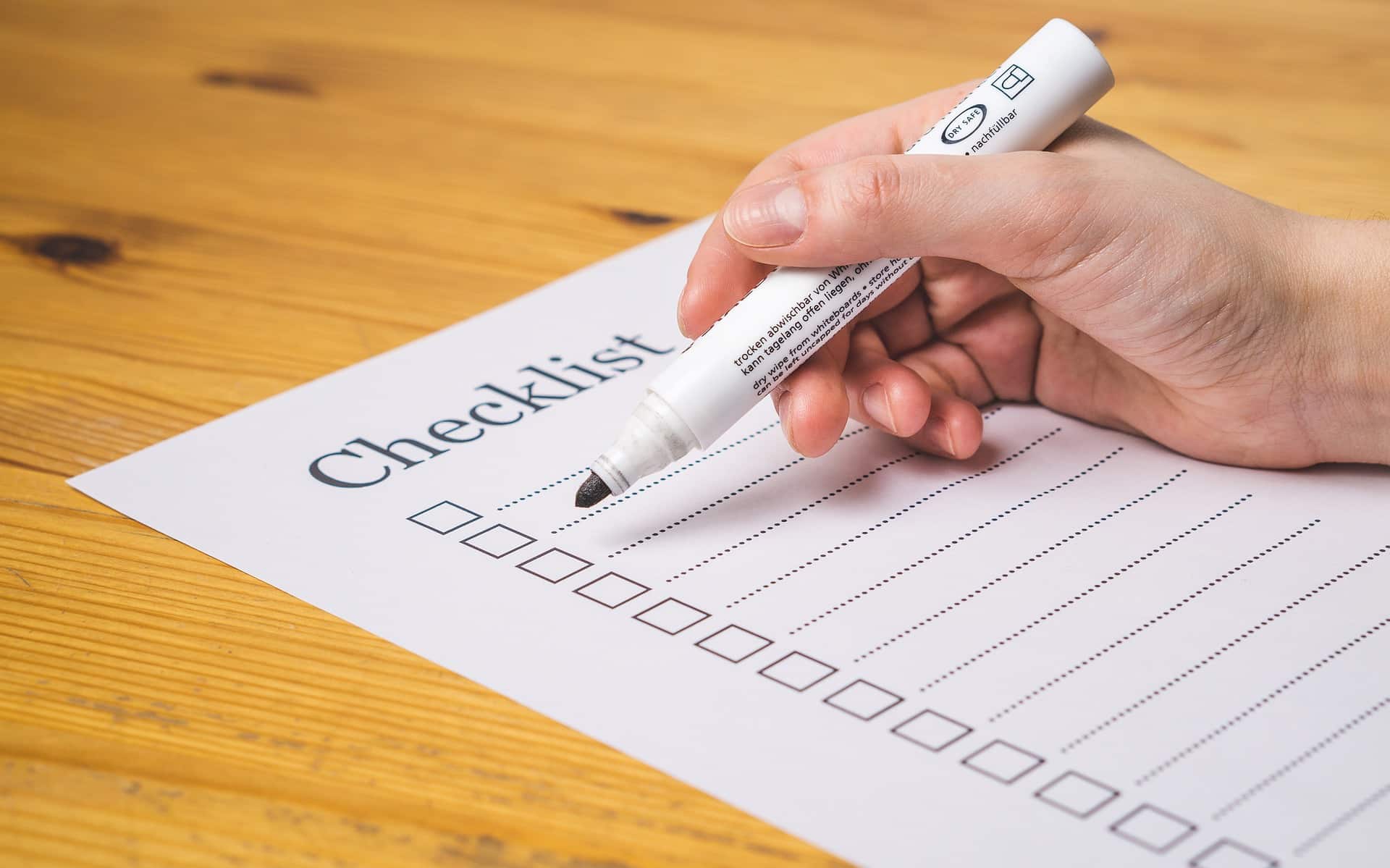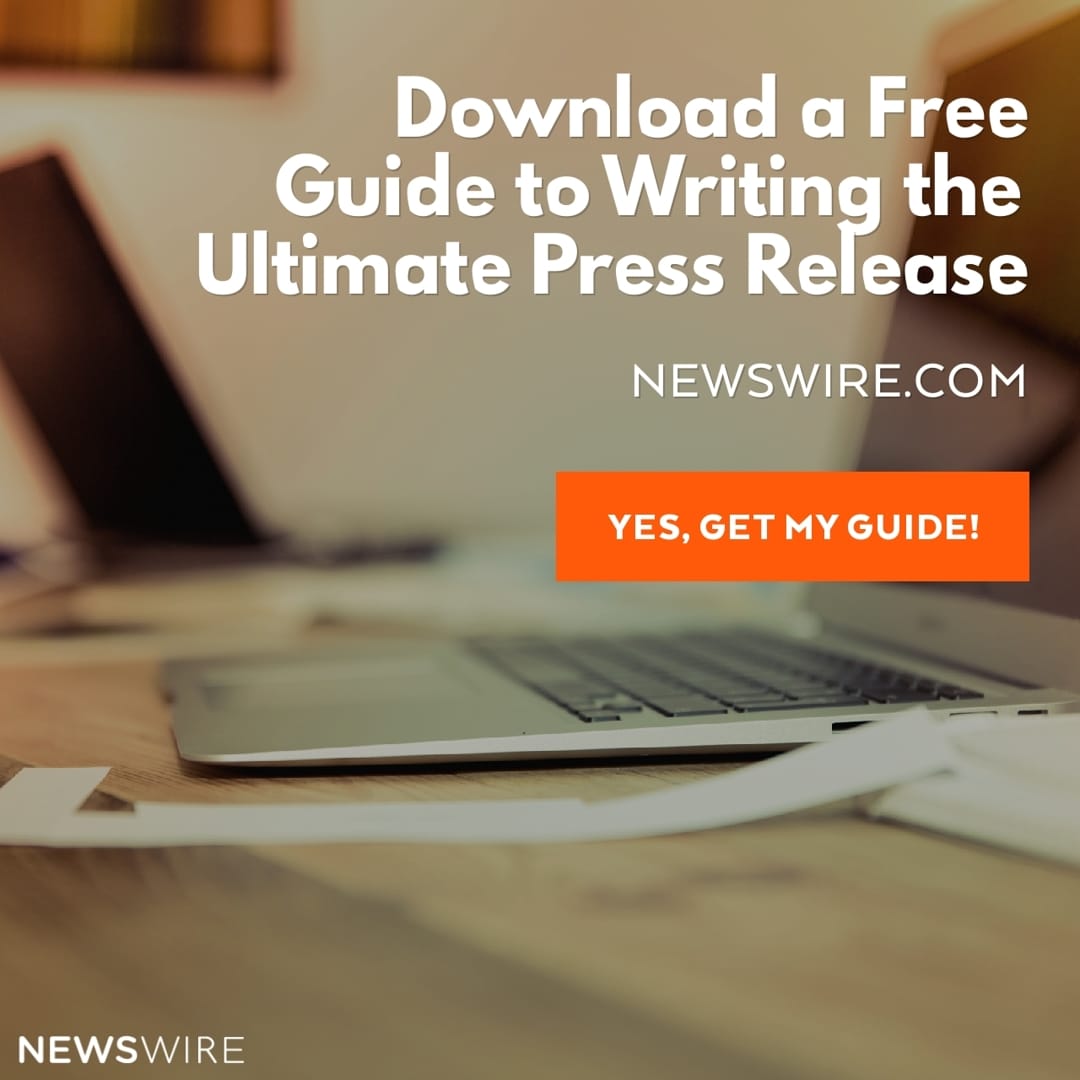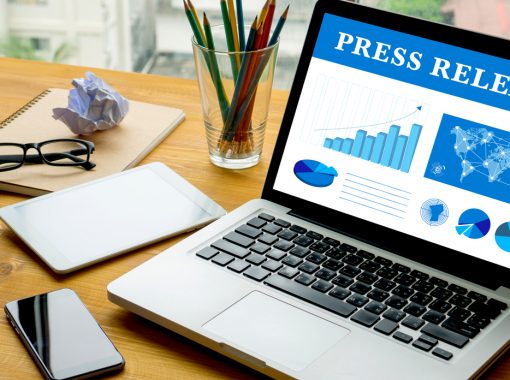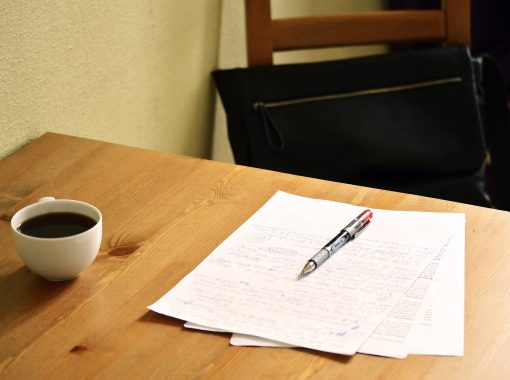
The Most Effective Way to End a Press Release – How to Wrap It Up
News stories and press releases can be tricky to end in a compelling way, for a number of reasons. Many people have trouble concluding their content, but newsworthy stories pose a particular challenge.
The 6Ws
The 6Ws of journalism are:
- Who
- What
- Where
- When
- Why
- How
This is a checklist of all the elements that should be included in any good news story. Who did it, what happened, why it happened, when, and so on. Print journalists have only a small space in a paper or magazine to try to cram in all the important information, so they are taught to “front load it” and include as much of it as possible into the first paragraph or two.
Most news stories won’t go past 3 paragraphs, 4 at most. It can be tricky to end the story on an interesting note when you’ve already included the main details at the start.
Press release writing
The method is similar for press releases because journalists are busy and don’t have time to wade through thousands of words trying to locate the 6Ws which should be in the release. They want the facts, fast. Any information you give after that should be relevant and add to their knowledge, in order to give them a fuller picture of why the release is worth picking up.
Summarizing at the end
You can round off your piece at the end with a brief summary of why the information is important.
Listing important takeaways
Some people like to summarize as bullet points the most important things they want people to take away from the press release. For example, if there are all new guidelines on high blood pressure, list them briefly at the end.
Giving a call to action (CTA)
Including a call to action can help you get more pickups from journalists, and in turn, more engagement from their readers when they see the information from your press release.
There are several kinds of calls to action. The first might be to send them to a special webpage where they can learn more. That page might also give them the chance to download a free e-book or other valuable item related to the topic of the press release.
For live events, you might remind them of the date, time, venue and how to get tickets. If you are running a contest for 5 lucky winners, give them all the details they need to enter, and so on.
A brief biography/mission statement
This is often referred to as the boilerplate and basically establishes your credentials. Who are you, or your company, what is your expertise, and why are you worth paying attention to about this topic? Craft the boilerplate with a view to impress. Then use it at the end of every press release to “brand” it with your own unique touch.
Your contact information
Include your name, address, telephone number, email address and/or your website address. Plan to be available as soon as you send out the release, up to a day or two after, to answer any questions.
Writing press releases may seem very difficult, but the truth is, if you follow the basic formula, you should be able to craft attention-getting press releases which will resonate with journalists and your target audience.











